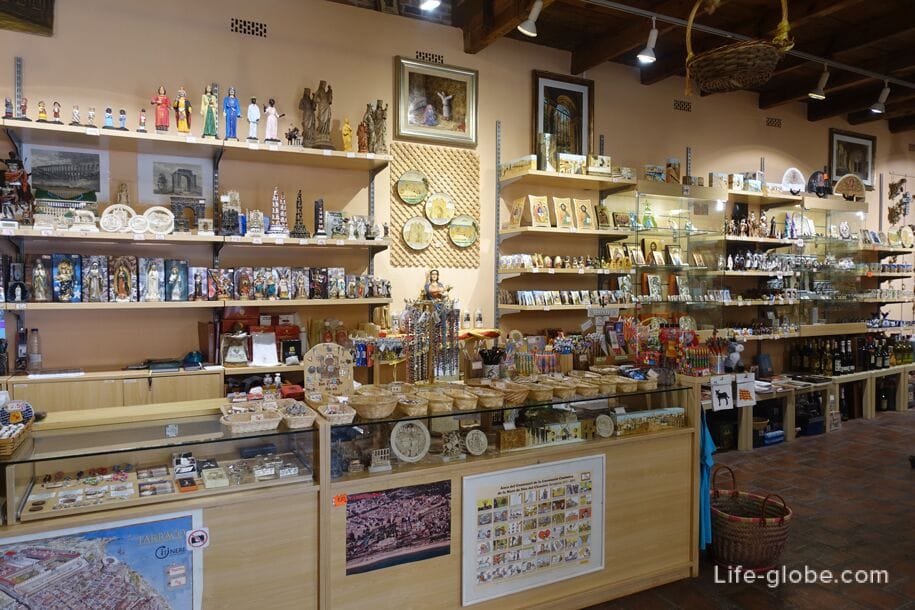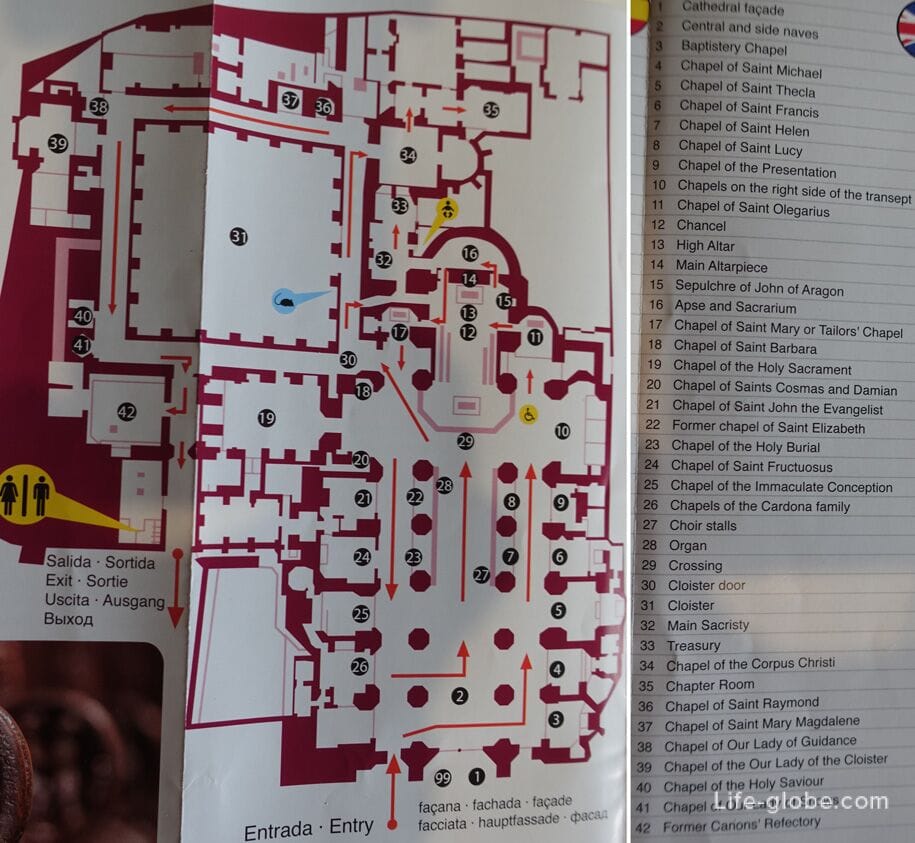
The Cathedral of Tarragona (Catedral de Tarragona) - the Roman Catholic Church - the main Cathedral of Tarragona, - one of the most famous and monumental buildings of Tarragona.
The Cathedral dedicated to Saint Thekla, and combines Romanesque and Gothic styles. Since 1905, the Tarragona Cathedral is a national monument of Spain.
Tarragona Cathedral is situated on a hill in the heart of the historic part of the city, surrounded by other no less important sights of Tarragona.
To the main entrance to the Cathedral is a wide staircase, and in a small square near the Cathedral carried out various activities.
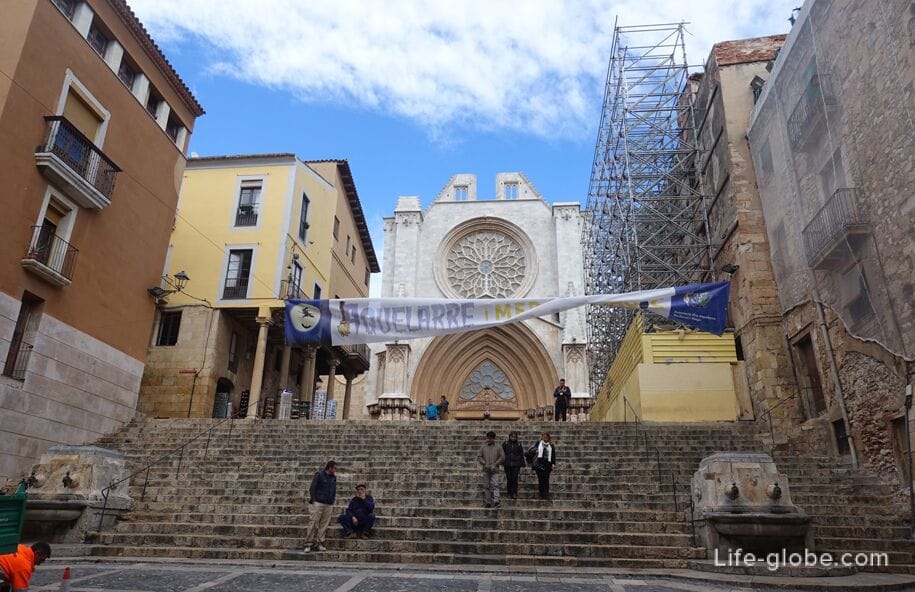
According to historical Chronicles, the Cathedral was founded in 1171 on the ruins of earlier churches and was consecrated July 4, 1331.
In 1999-2001, during the restoration of the Cathedral, was found the trail of the temple dedicated to the Roman Emperor Augustus.
The Central facade of the Cathedral has three portals according to the number of naves: a Central Gothic, and side - romance. The main portal of the Cathedral with a stepped pointed arches looks very rich. The center is decorated with a pillar with a statue of the virgin, on either side of which statues of the apostles and prophets nine, and over the gateway is a bas-relief depicting the last judgment.
Above the main gate - a large rose window eleven metres in diameter. Whereas over the other two entrances (side portals) and the Windows are smaller, but also as having a round shape.
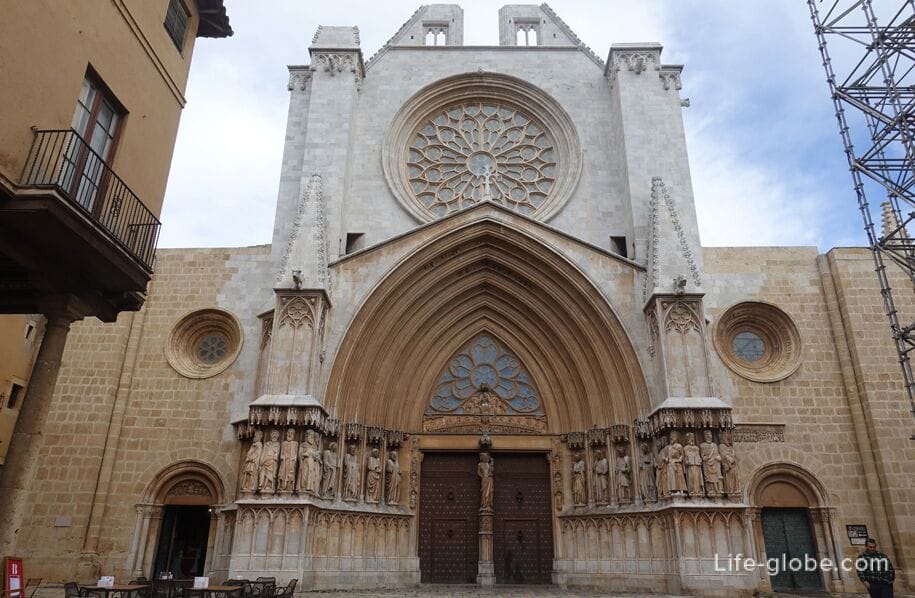
Since the Cathedral is located in the historical part of the city where mainly narrow streets and dense buildings, to see the whole ensemble of the temple is possible only if you get around its perimeter.
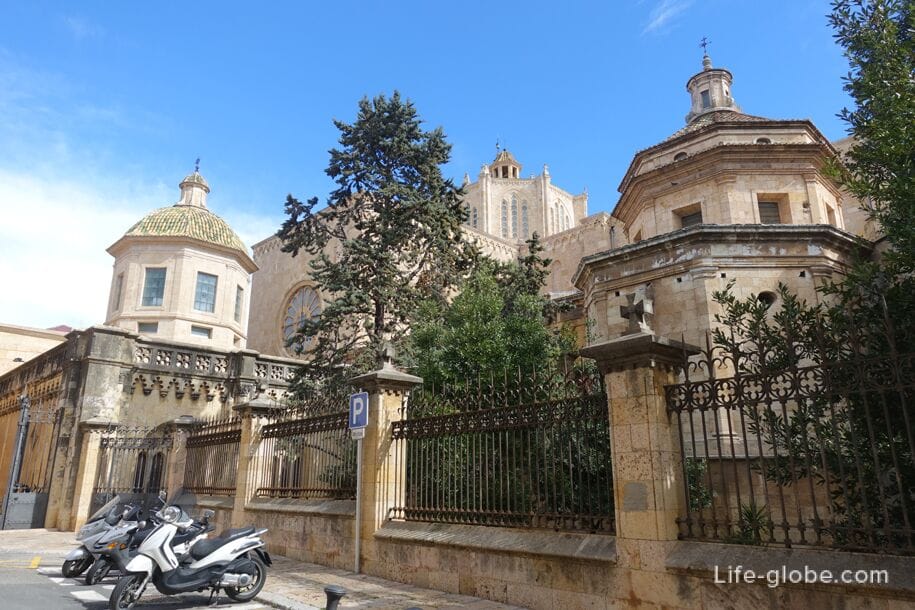
Gothic bell tower, with a height of almost 70 meters, has the shape of an octagonal prism with large elongated stained glass Windows and a small upper turret.
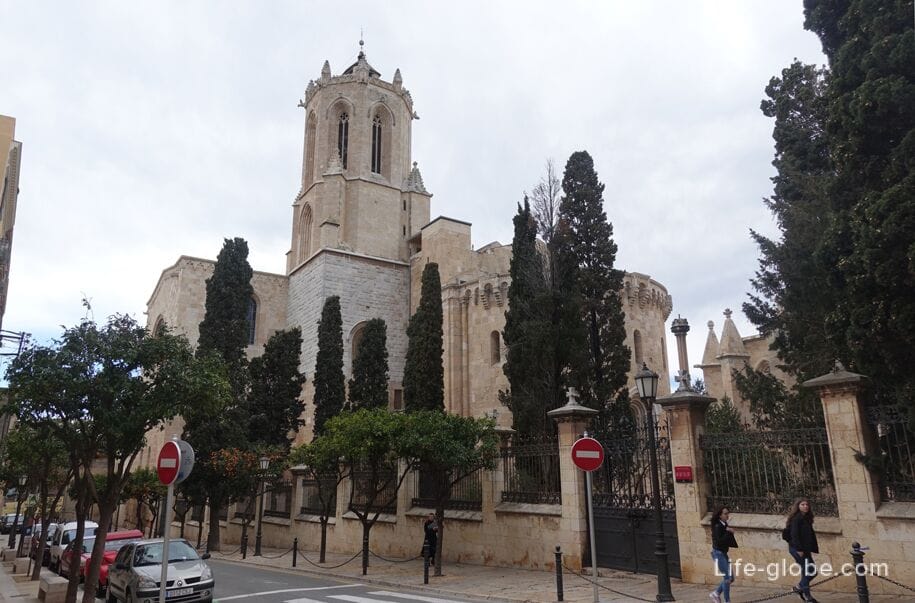
The entrance to the Cathedral are paid. Adult ticket is 5 Euro. Children from 7 to 16 years - 3 Euros. People over 65 and students 4 Euros. Family ticket with children up to 16 years - 13 Euro. Children under 7 years - free of charge.
Opening hours of the Cathedral are dependent on season, day of week and holidays.
Tickets can be purchased directly at the entrance, or in advance online. At the entrance give an information booklet with a schematic plan of the Cathedral.
In the main hall of the Cathedral: organ, two choirs and the Central altar of the 15th century bas-reliefs depicting scenes from the life of St. Thecla, patron of Tarragona.
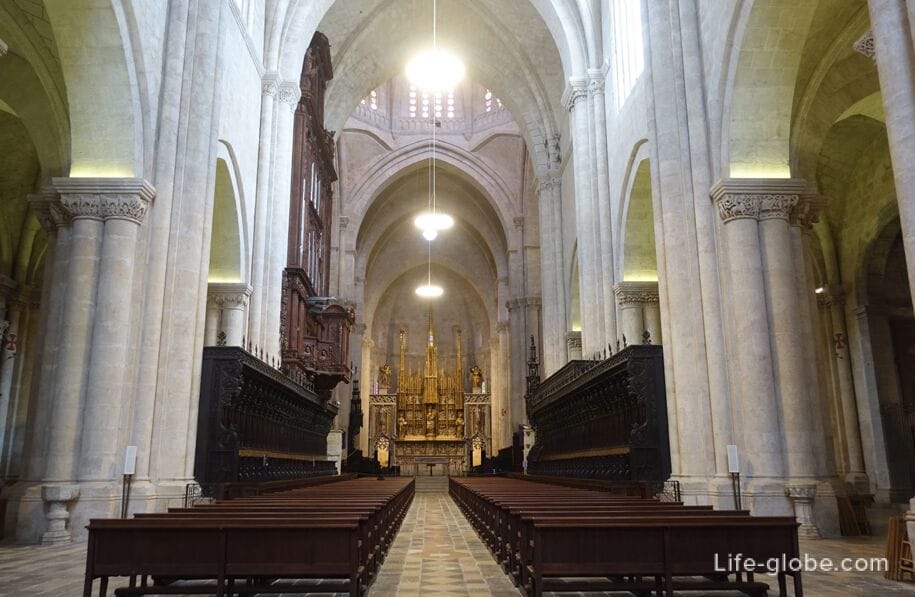


On the sides of the main hall there are several chapels - small chapels dedicated to saints.
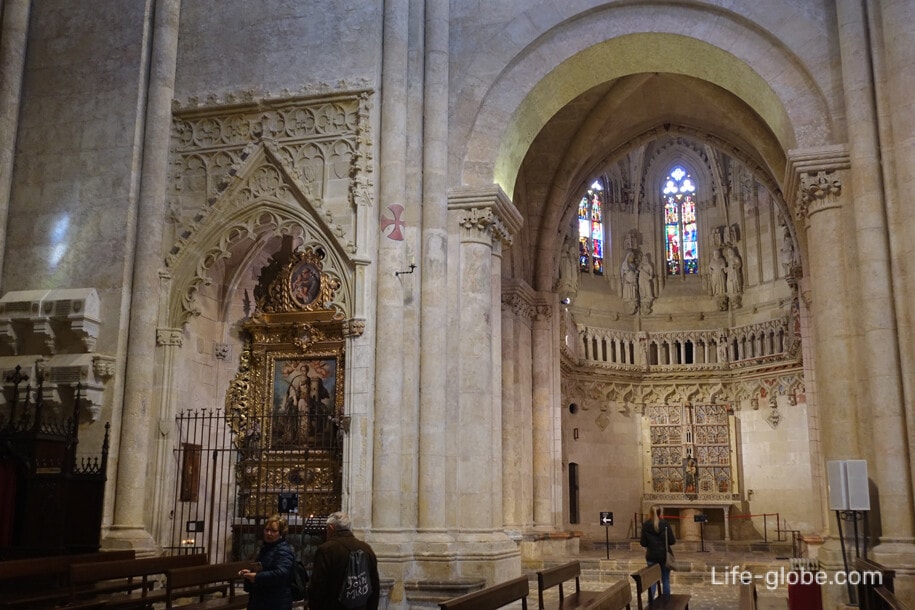

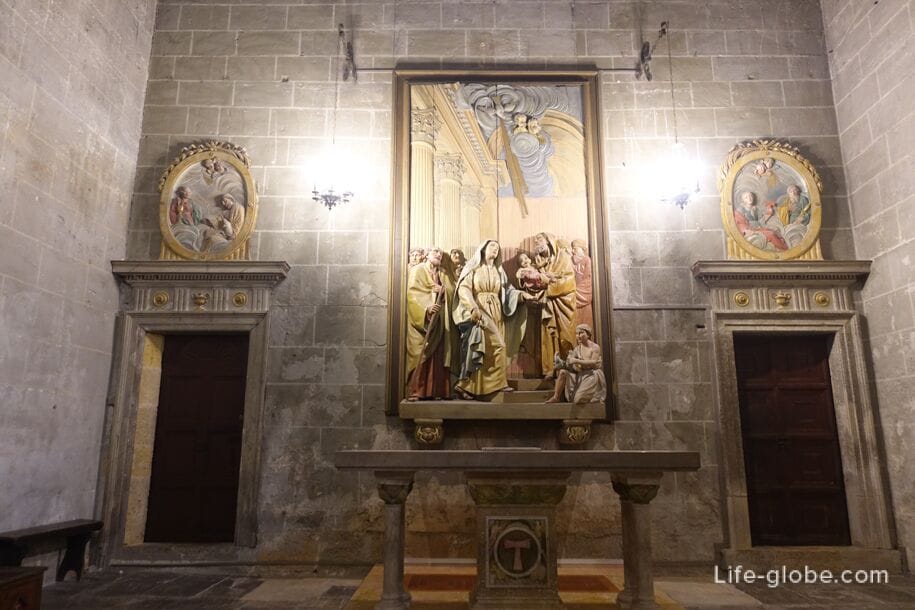
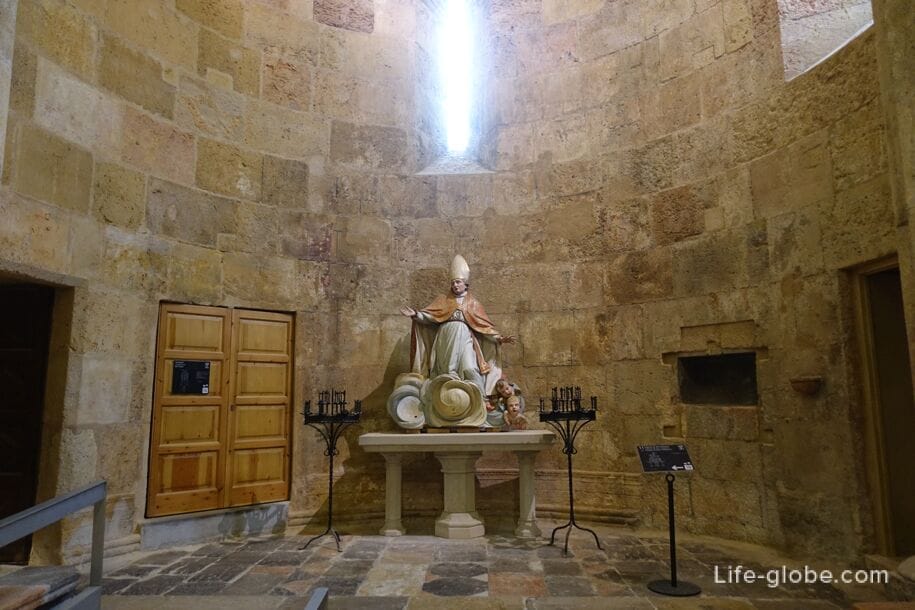
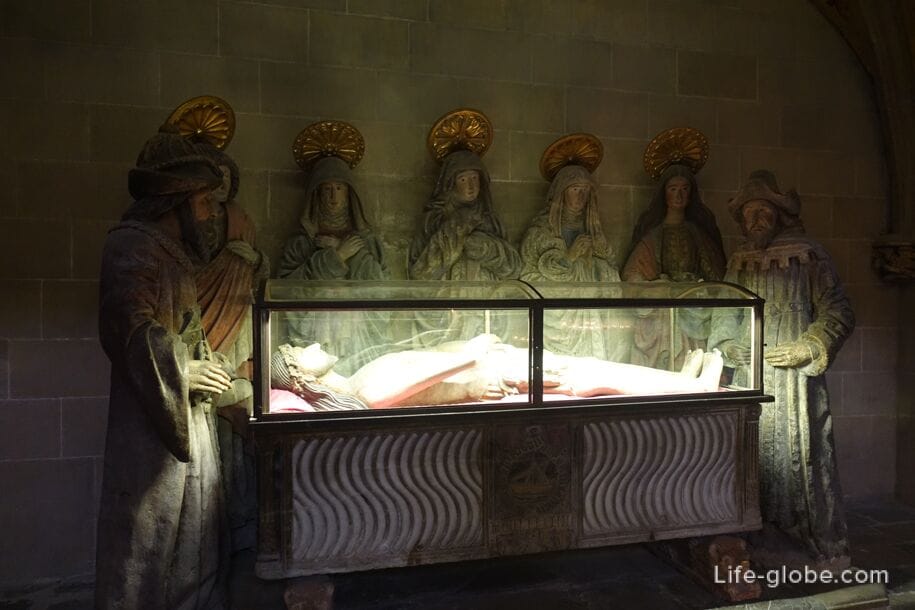

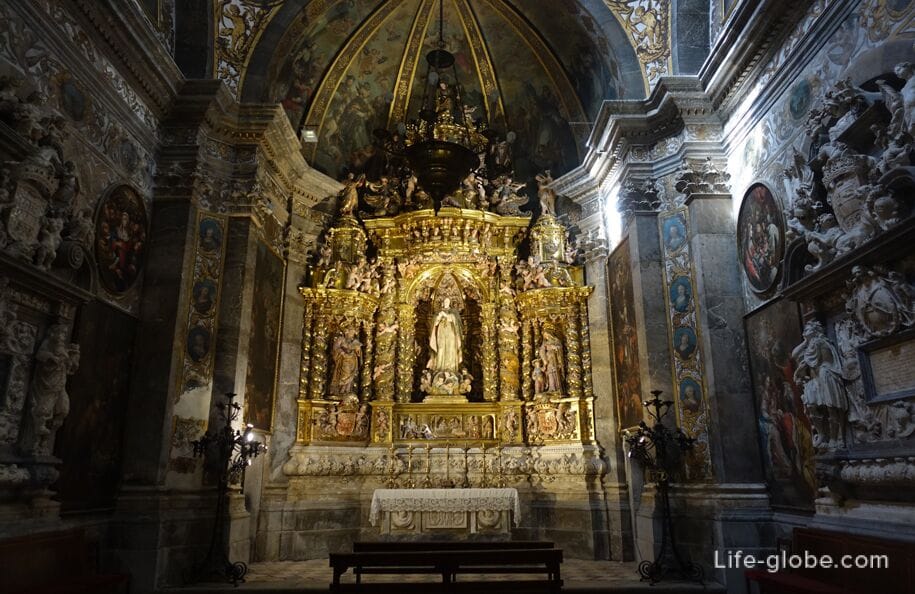
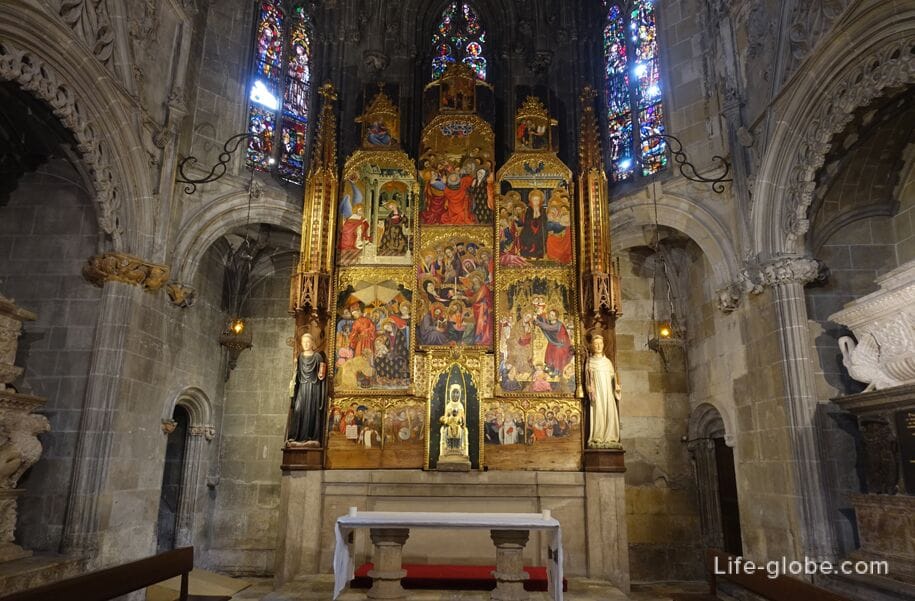
Of particular interest is the chapel of the Holy Gifts
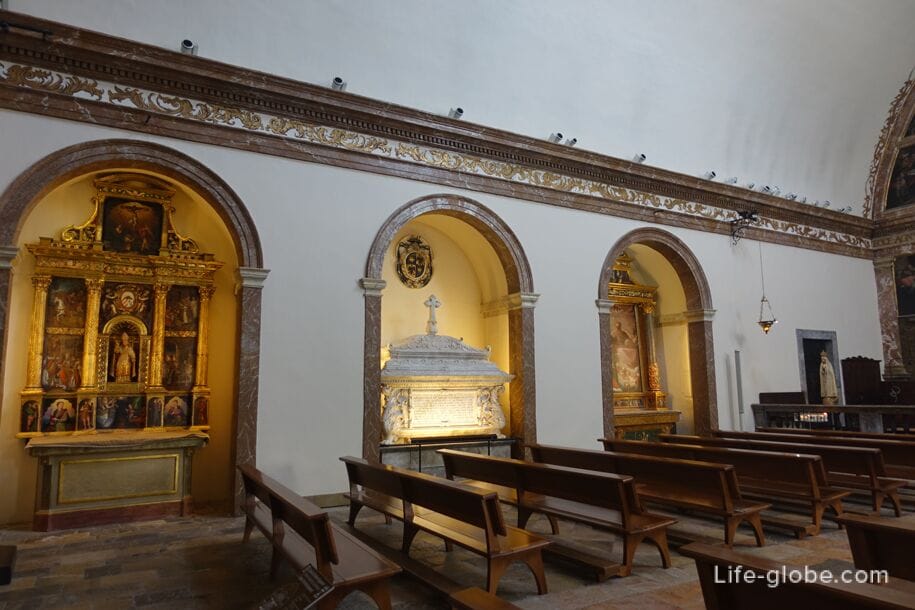

To the right of the altar is the tomb of Joan of Aragon
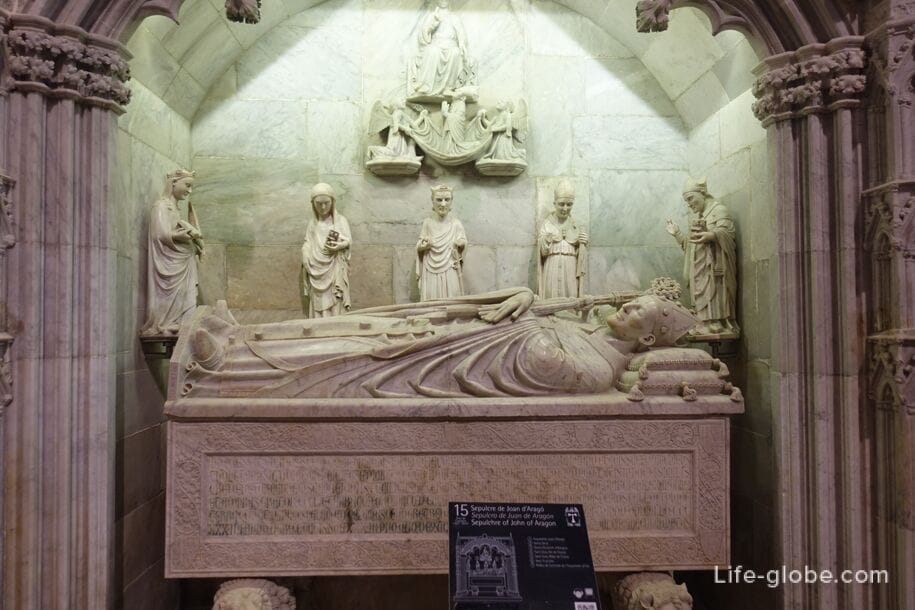
Located behind the altar of the ASP and the Tabernacle
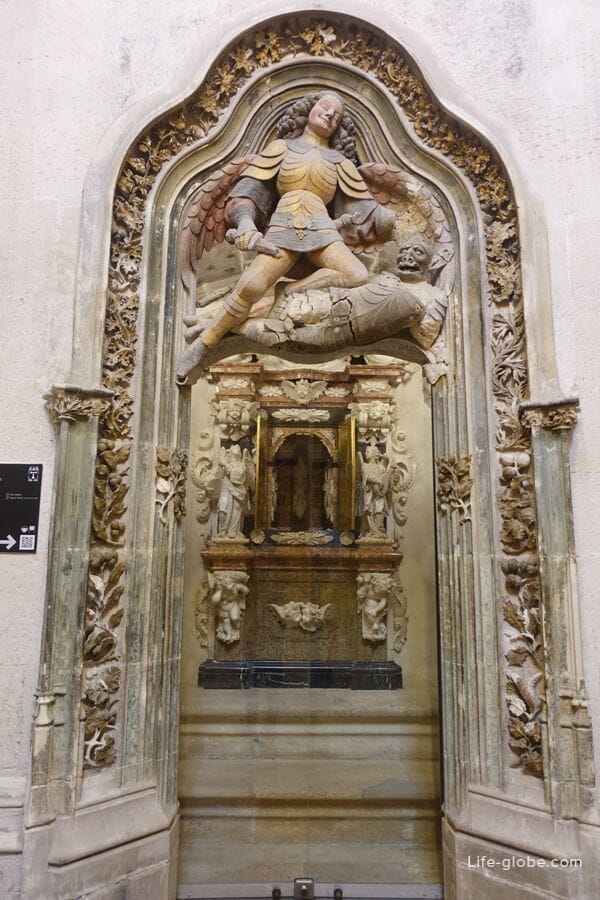
After going deep into the Cathedral, behind the altar, you can see the main Sacristy and a rich Treasury
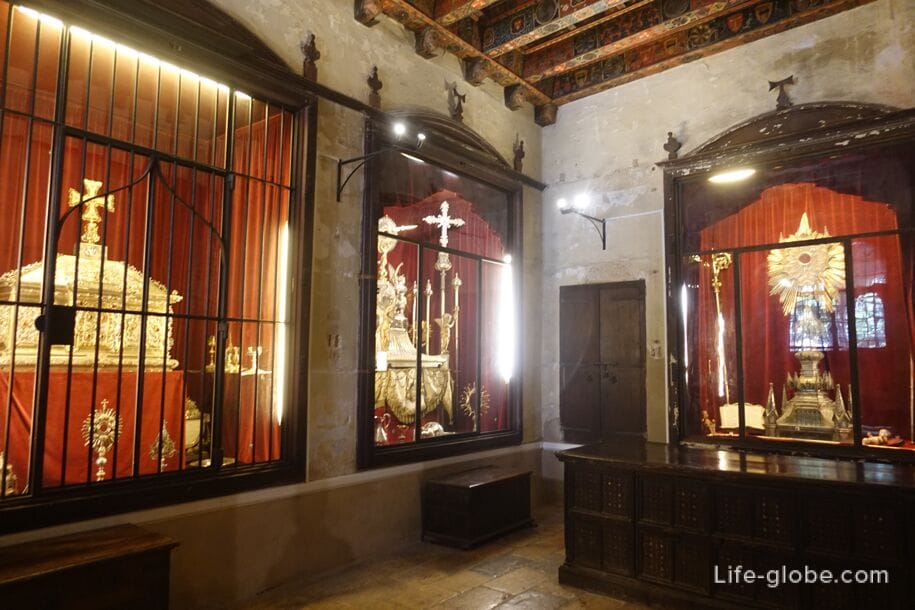
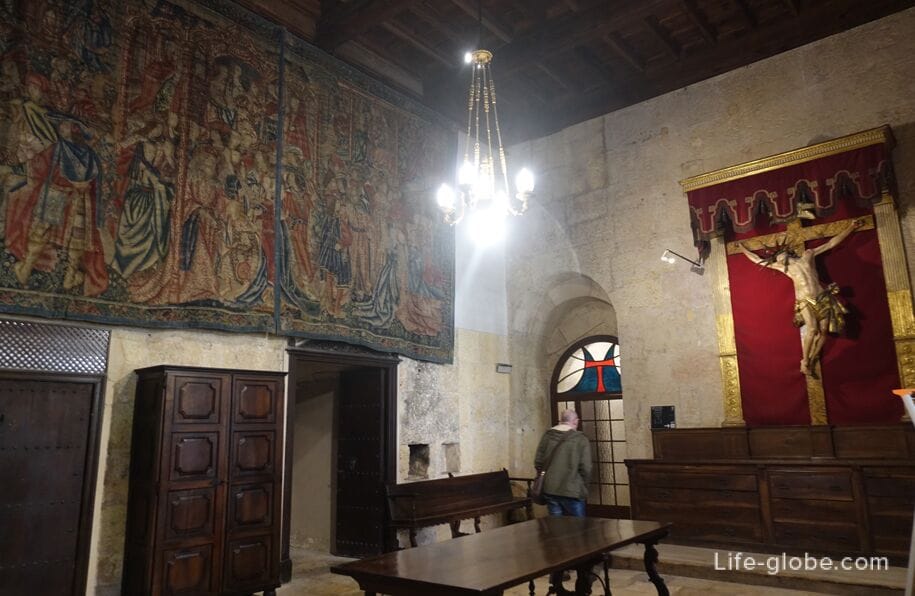
The Cathedral is the monastery, the construction of which began, roughly, in 1194, although some historians have dated the beginning of construction to 1214.
The monastery is located to the North-East of the Cathedral has a rectangular plan with a size of 47 to 46 meters, a courtyard and a covered bypass gallery (cloisters), enclosing the courtyard all four sides.
From the main hall of the Cathedral you can go to the courtyard of the monastery. A small yard fountains, inhabited by fish and turtles, flower beds and spreading trees.
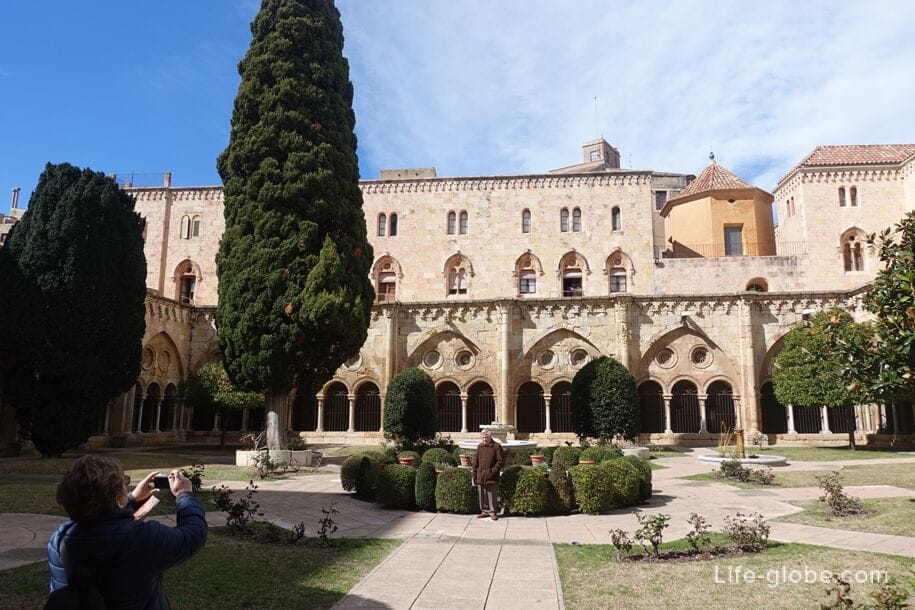
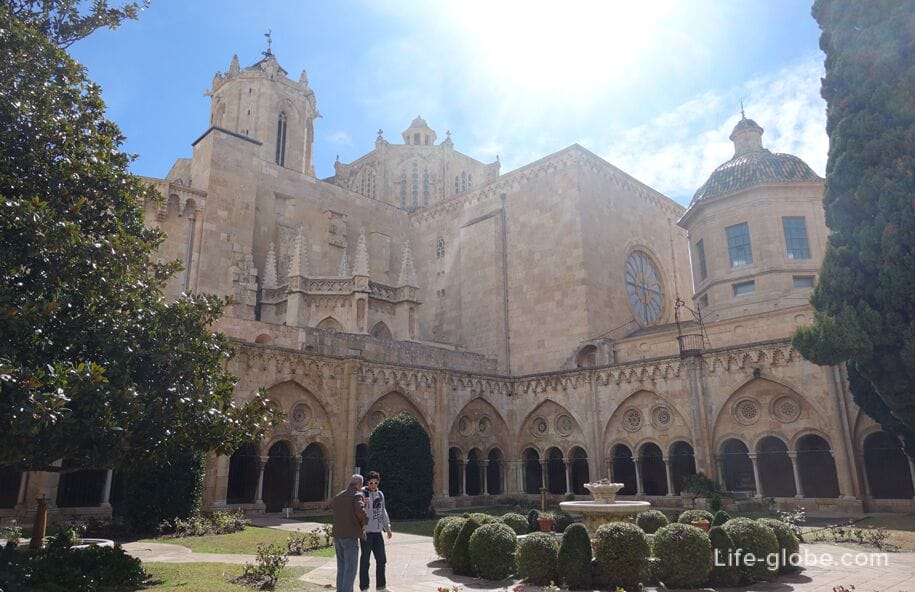
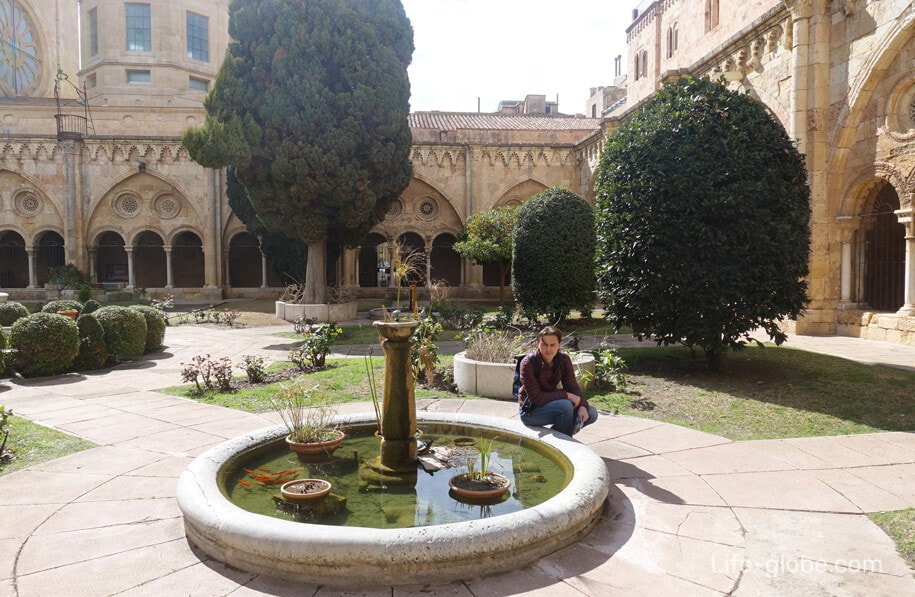
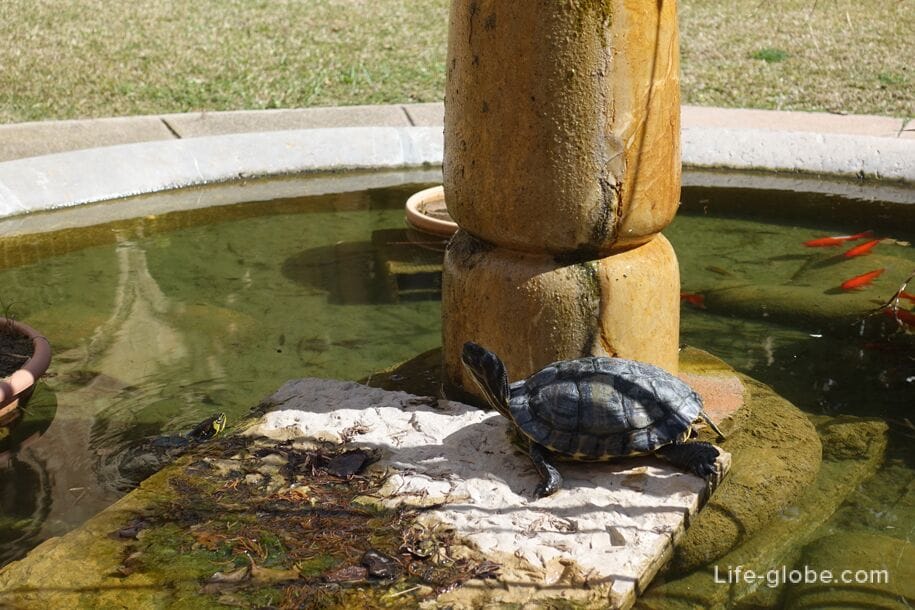
There are tradition - "the dancing egg". Dancing eggs is an old tradition which takes place in several towns in Catalonia during the feast of corpus Christi. Possible versions of this tradition began in the Cathedral of Barcelona.
In Tarragona in 1933, canonical Dr. Josep Valles Barcelo started to decorate the garden and placed a dancing egg on the fountain of the monastery Tarragona Cathedral. The popular traditions associated with the egg, gradually growing, especially after the civil war in Spain, with the assistance of local officials. Currently, the "dancing egg" is preparing a team of volunteers, a volunteer florist and sacristan of the Cathedral.
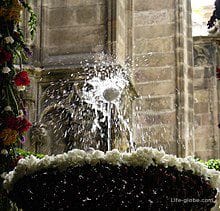
Photo of the cloister surrounding the courtyard
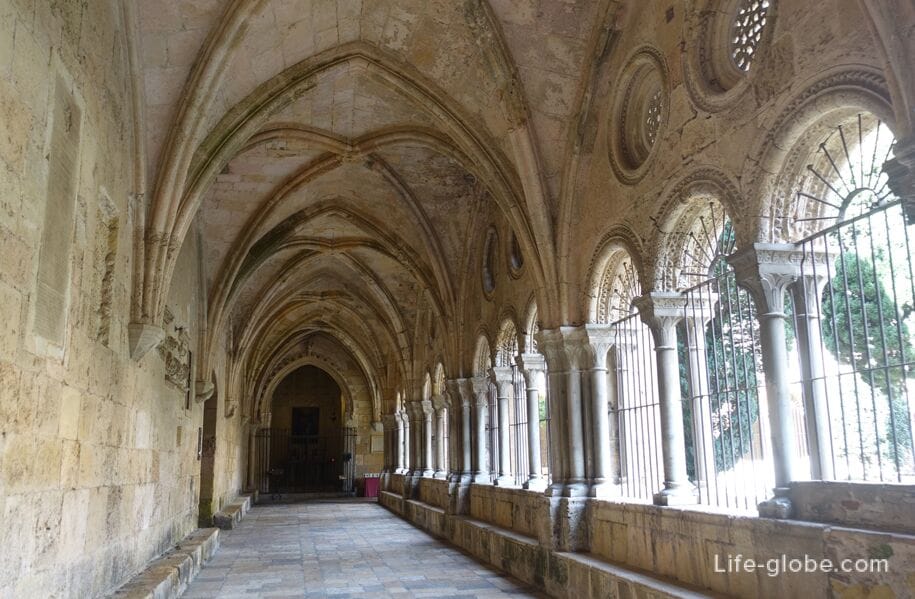
Around the perimeter of the bypass gallery also houses several chapels, with the possibility of free access.
The chapel of the Body and blood of Christ, which houses a small Museum exhibition.
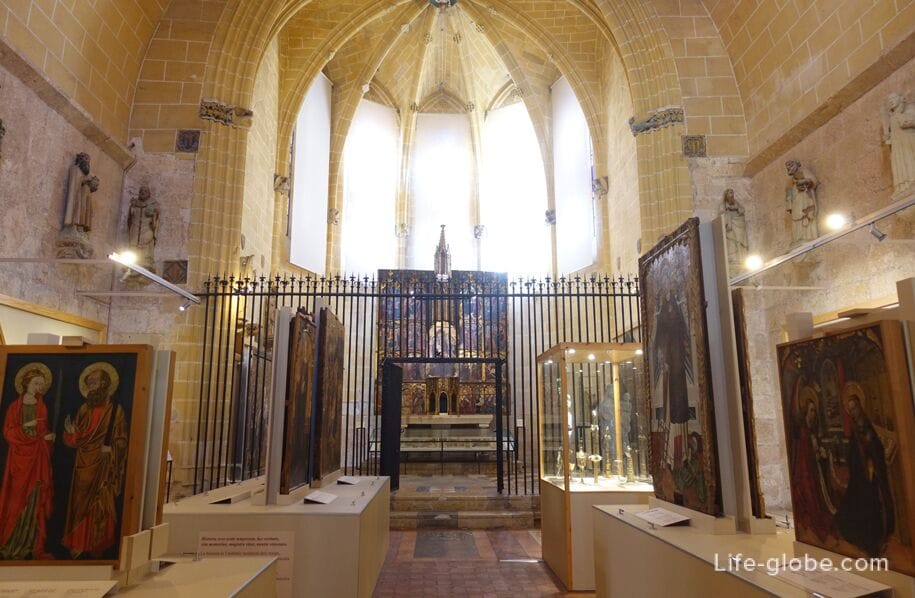

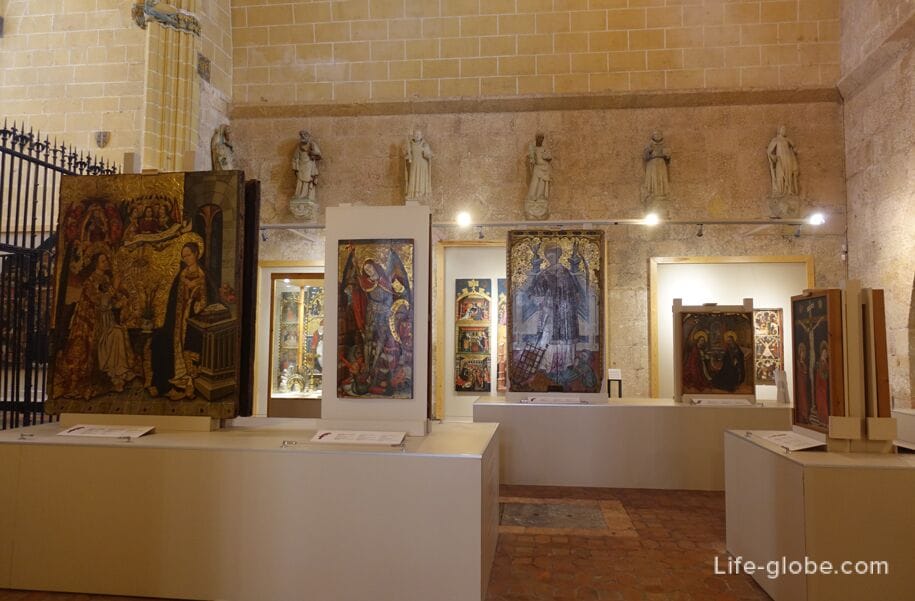
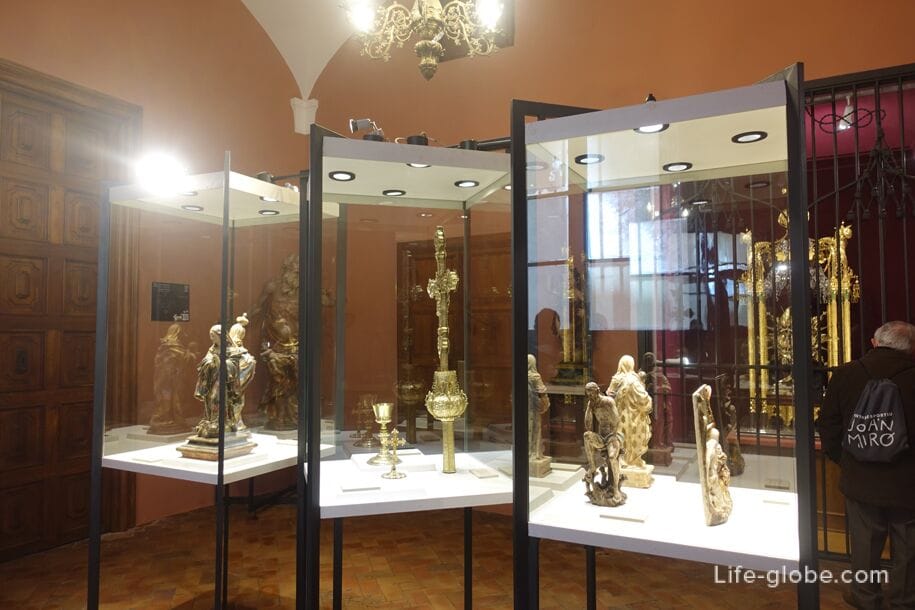
Chapel of Saints Raymond and Mary Magdalene, where you can see part of the archaeological excavations earlier period.
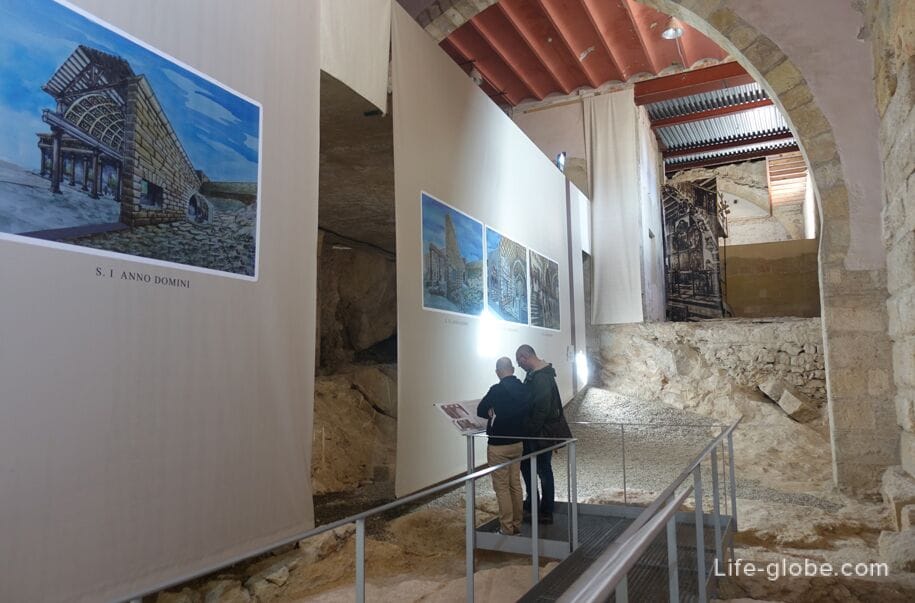
The chapel of our lady of the Cloister, etc. Some of the chapels may not be available to the public.
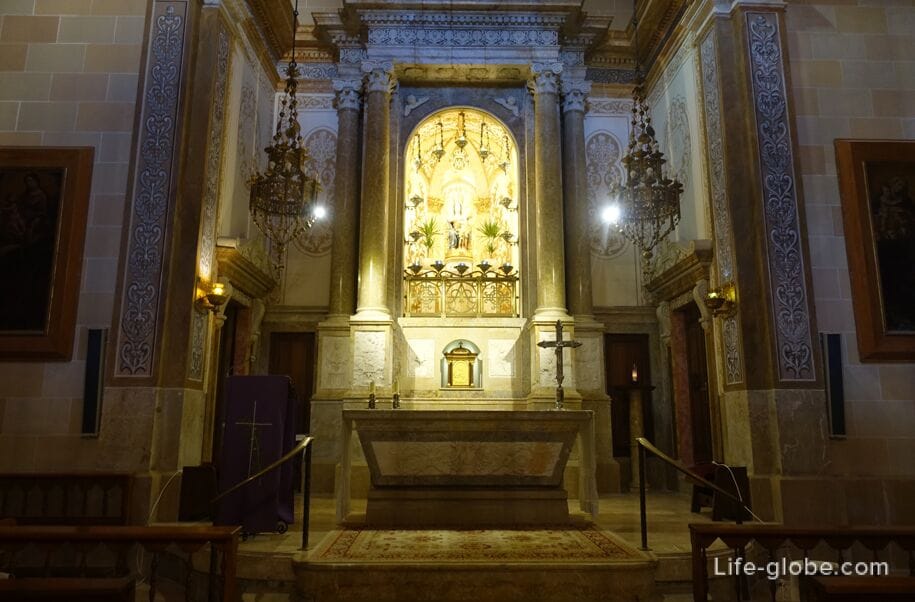
Currently in the former refectory of the Canons is the Diocesan Museum that contains important historical remains of the Cathedral and some works of art.
The Museum in 1914, was founded and inaugurated by Archbishop Antolin Lopez Pelaez.
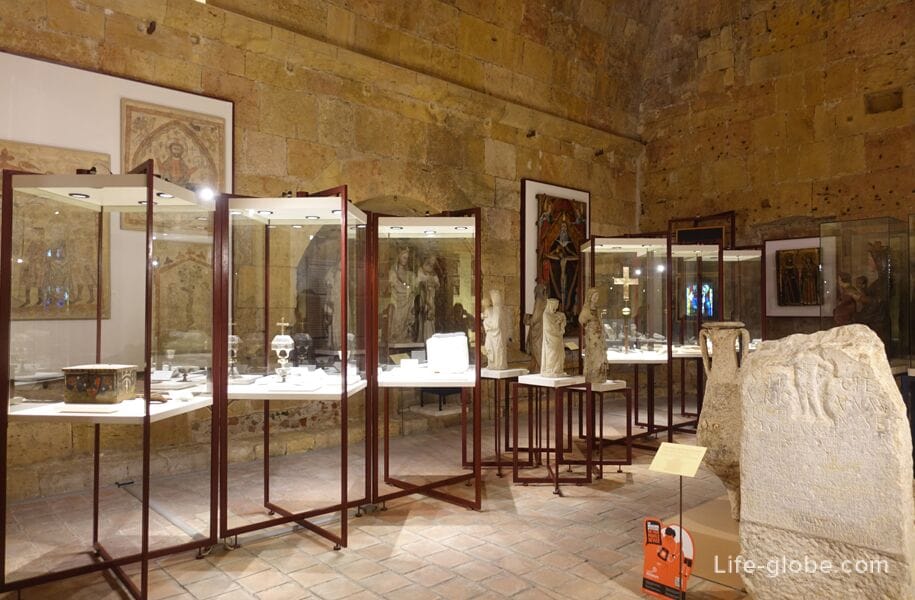
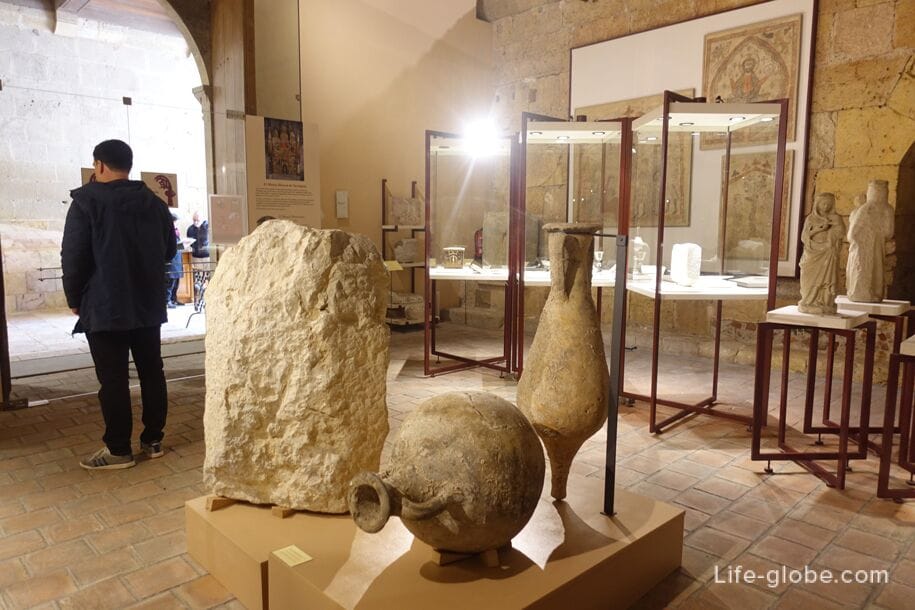
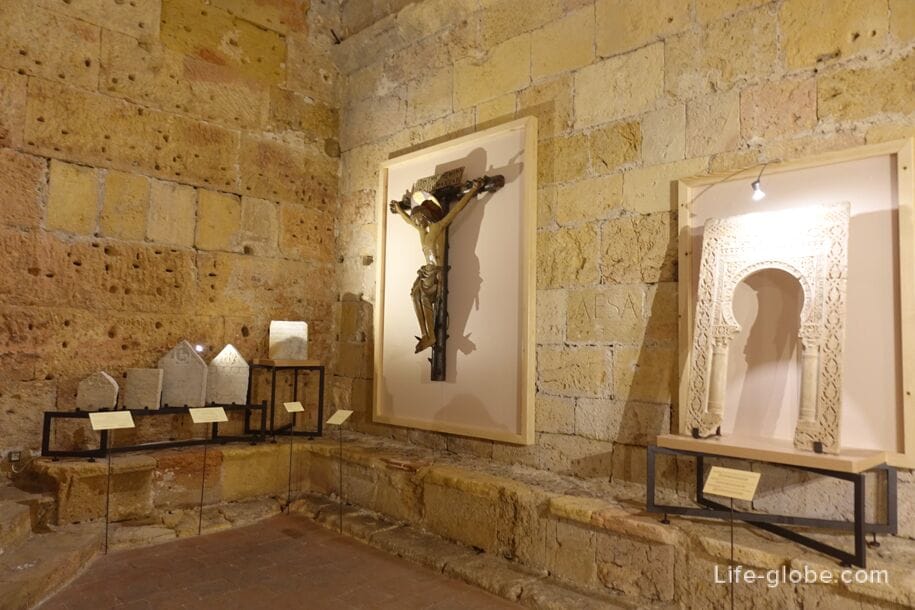
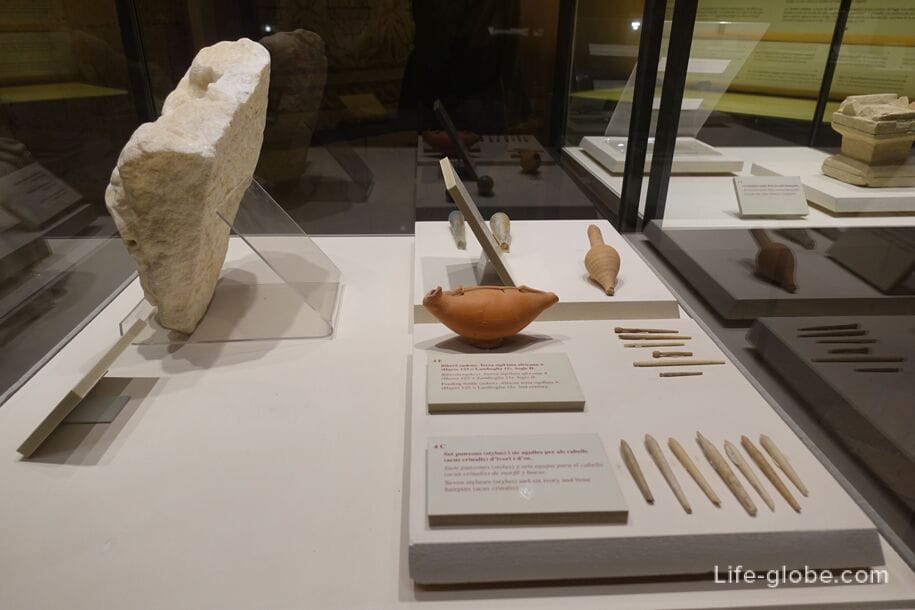

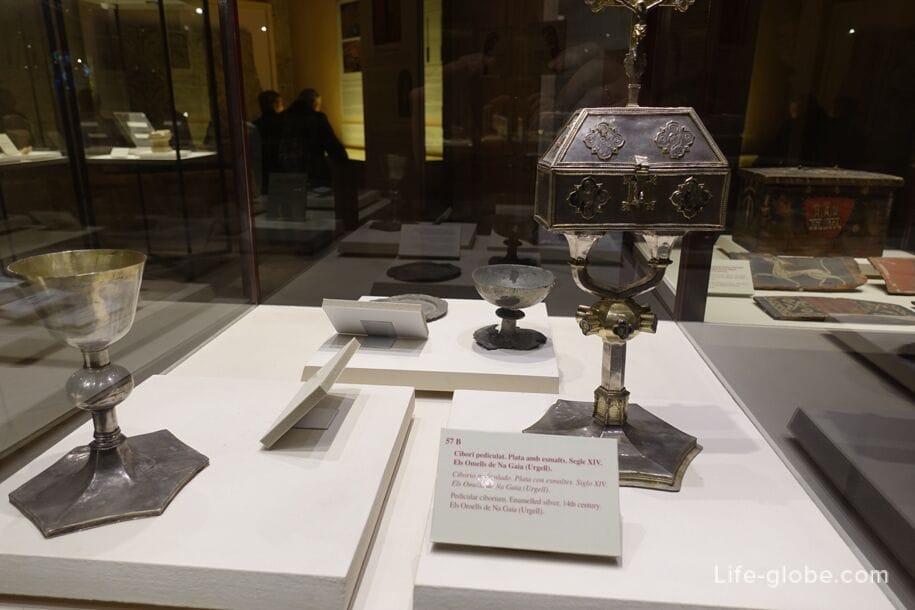


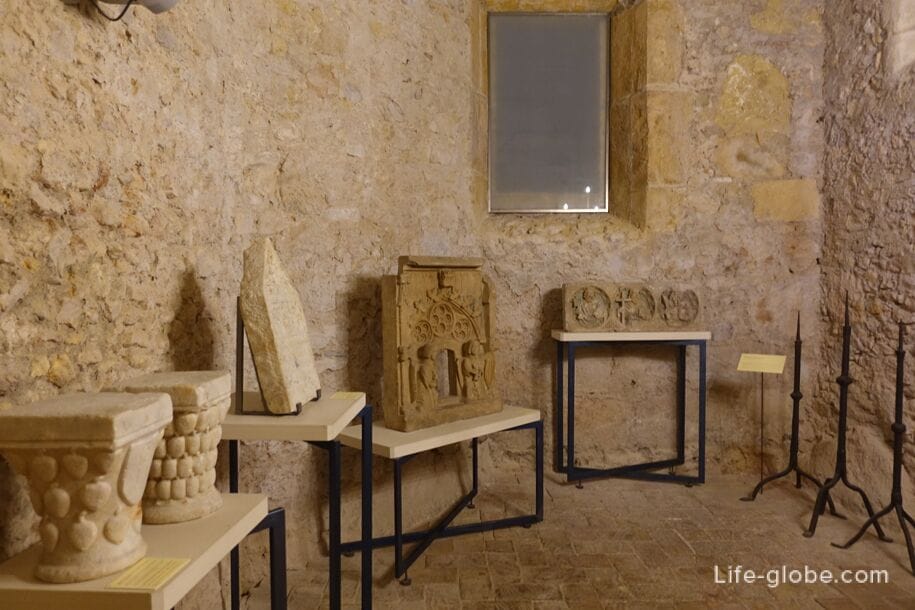

At the exit of the Cathedral you can visit the gift shop
